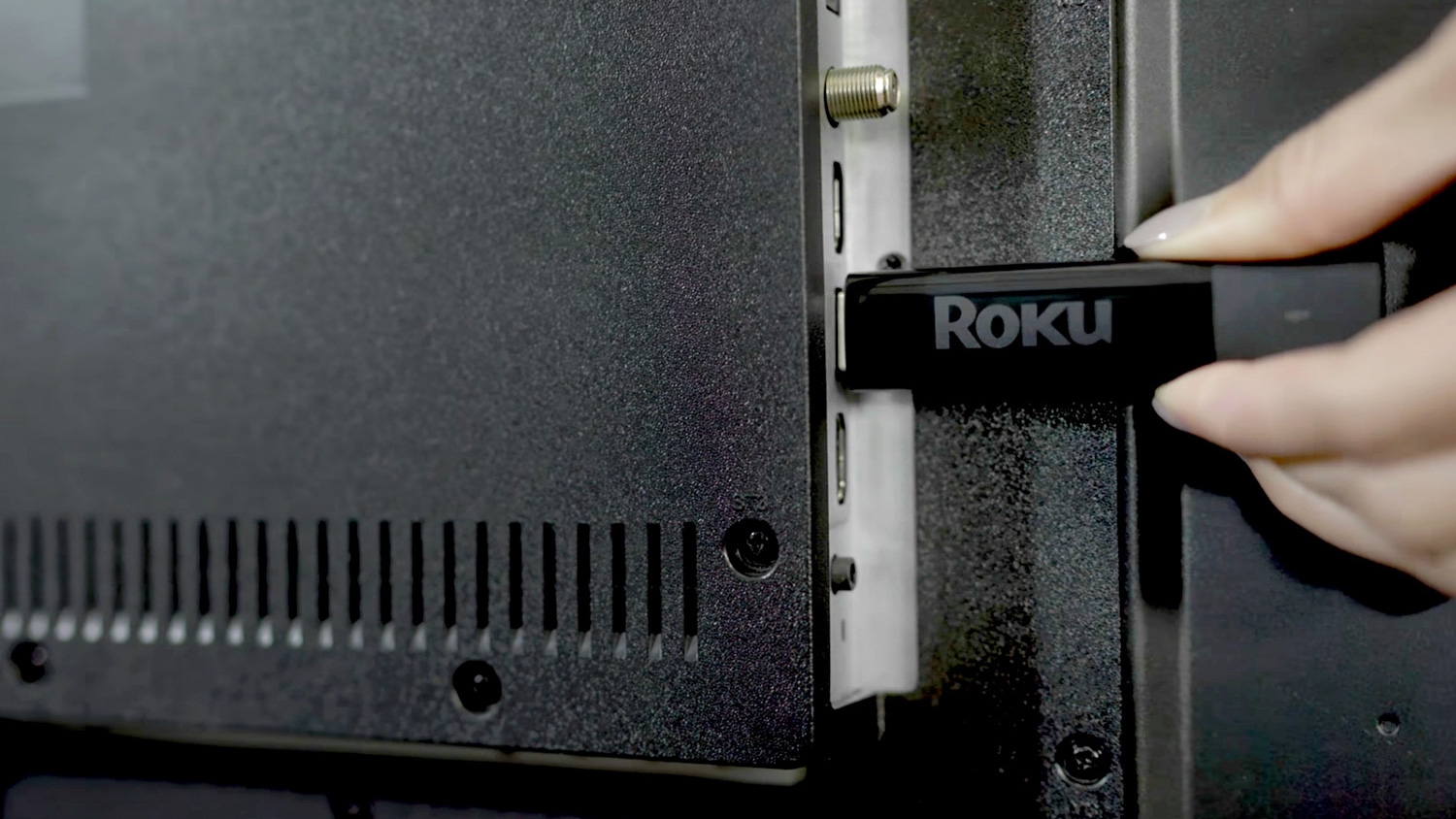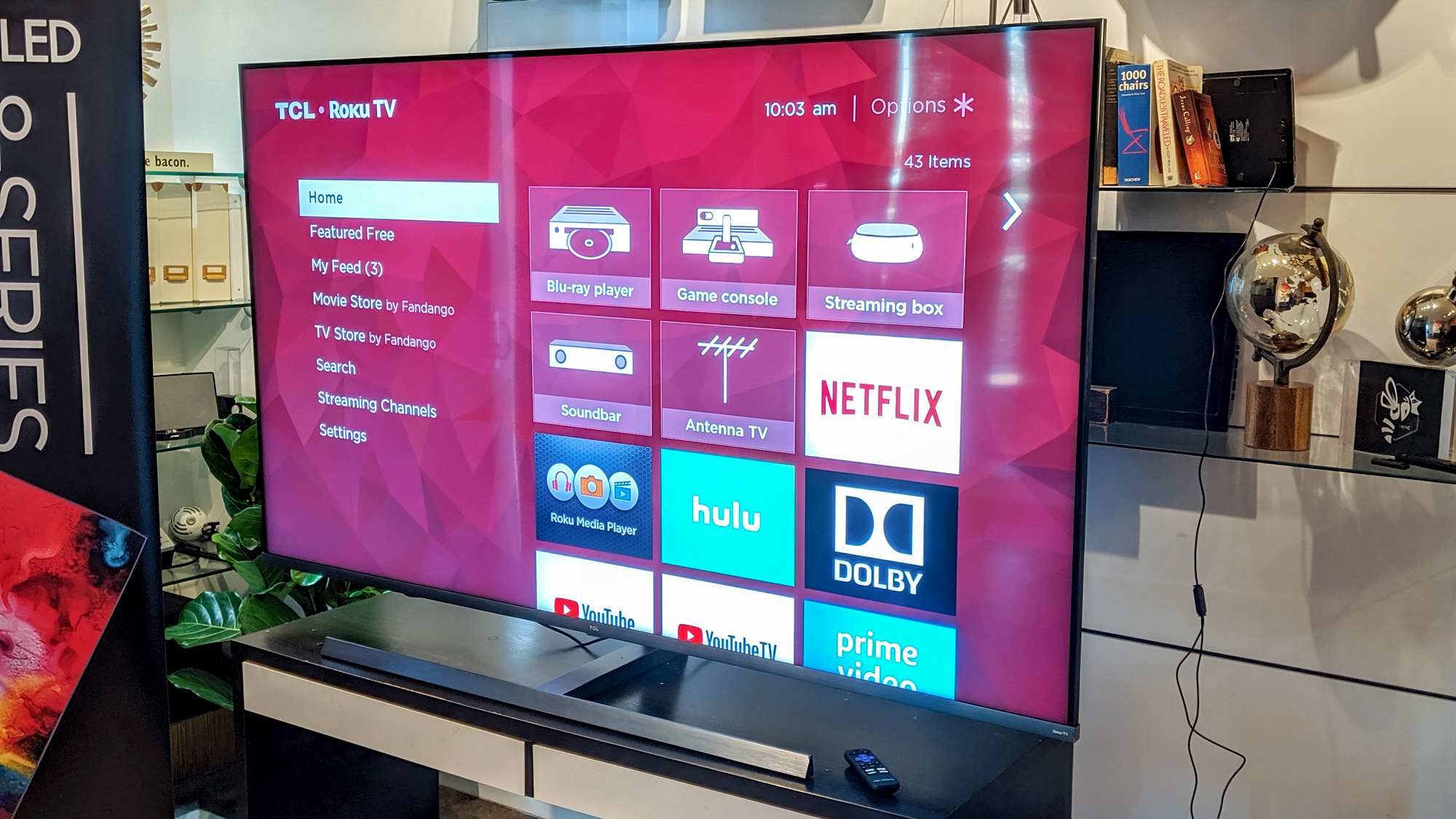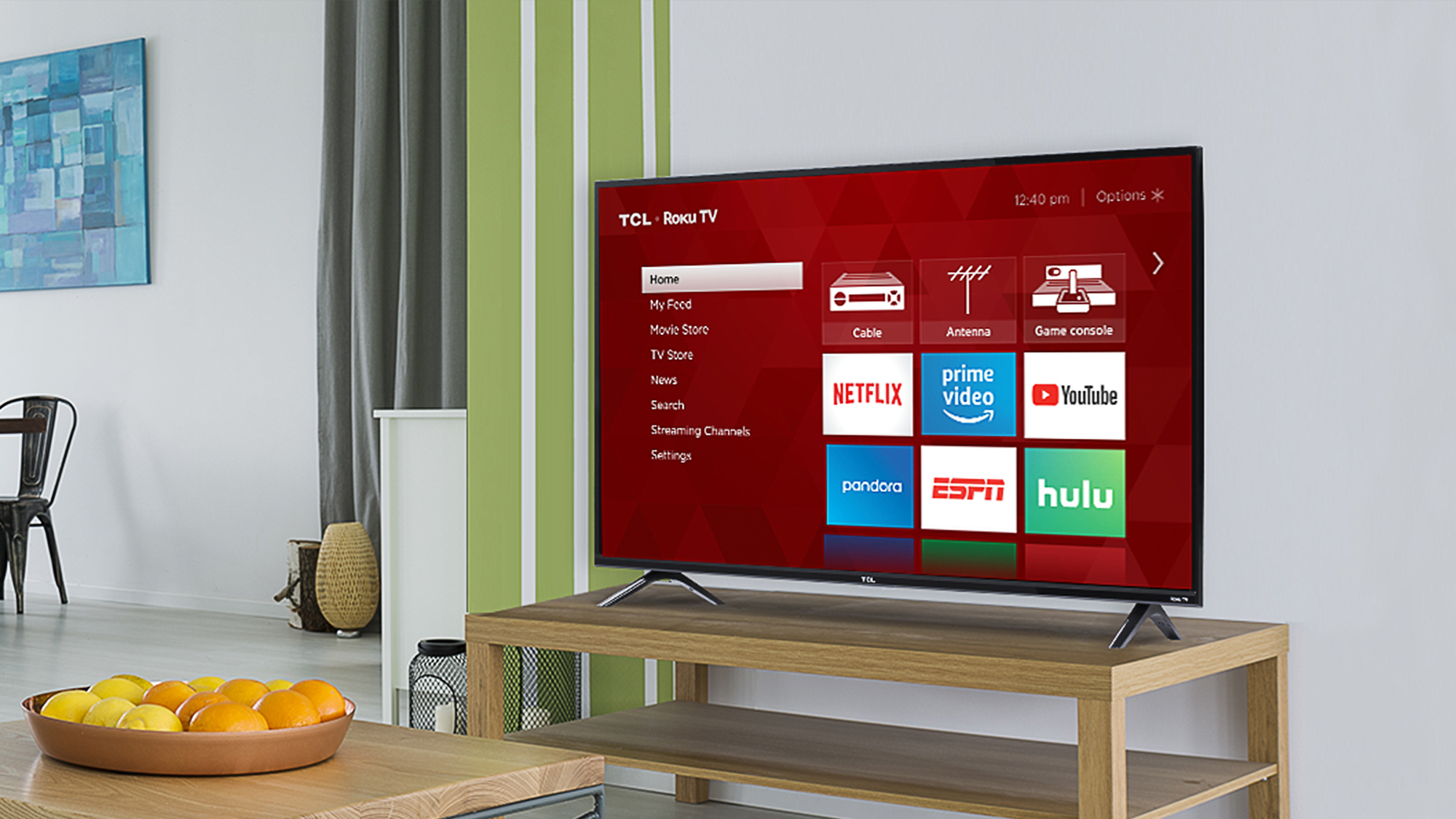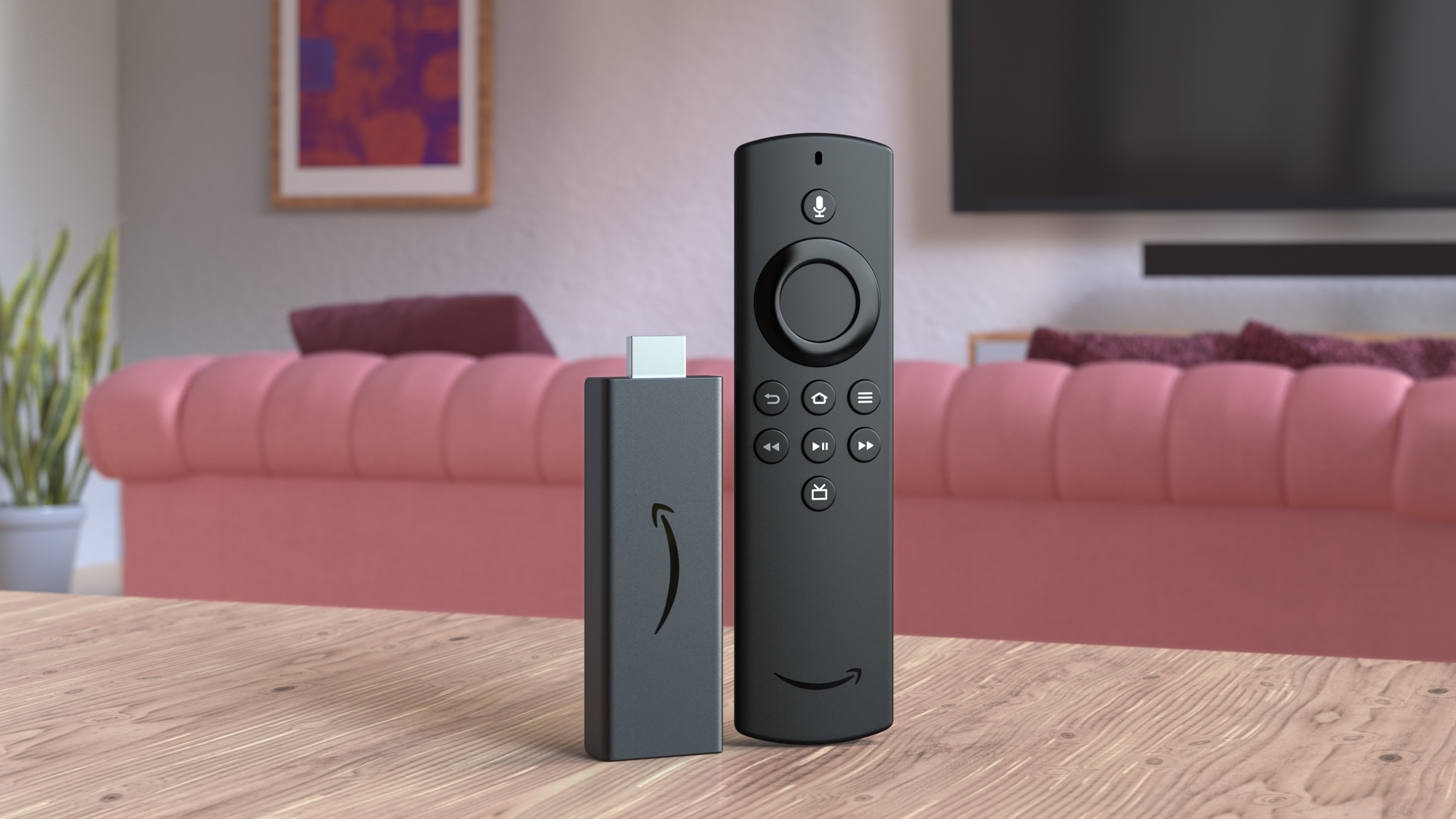Roku vs. Amazon Fire TV Stick: Which is best for you?

Every year the debate that sees Roku vs. Amazon Fire TV Stick always brings about the war in the best streaming device category. Both have their intended use cases with pros and cons to boot, so make sure to buy into the ecosystem that works best for your entertainment needs and budget.
Price isn't the only factor to consider when looking to procure a Roku or Amazon streaming device. Amazon is notorious for marking down its Amazon Fire TV Stick 4K Max, along with several of its devices, while Roku's own streaming devices find hefty discounts across the market.
The Roku vs. Amazon Fire TV Stick debate should better explain to you which device is the most apt for your home. Here's everything you need to know in deciding which of among Roku vs. Amazon Fire TV is the most suitable for you.
Roku vs. Amazon Fire TV Stick: Streaming devices
Both Fire TV Sticks and Roku devices start at $29. For that money you get the Roku Express or the Fire TV Stick Lite, and each has its own set of drawbacks and perks. The Fire TV Stick Lite's comparative win comes with its Alexa-enabled remote, but its excessive promotion of Prime Video may rub people the wrong way. As for the Roku Express, it's got fairly snappy performance for its price, but its remote signal quality isn't perfect and required some extra intent in our testing.
Going slightly more expensive, you see that Roku has Amazon beat when it comes to UHD streaming. Amazon's $40 Fire TV Stick maxes out at 1080p, while the cheaper $35 Roku Premiere streams in 4K. While the Premiere has the same remote issue as the Express, it's still a better buy than the normal Fire TV Stick.
All of Amazon's Fire Sticks just hide behind your TV, and that's a great design feature — they exist without reminding you that they're there. Your experience with the Roku Express and Premiere might not be as effortless, as they're so light that they may have a hard time sitting on a surface evenly.
Those who can spend $50 will get the best streaming device either company makes: the Amazon Fire TV Stick 4K and the Roku Streaming Stick Plus (the best streaming device in our book). Both stream in beautiful 4K HDR and offer speedy navigation and voice-enabled remote controls, and hide behind your TV, like all of Amazon's Firesticks.
Get instant access to breaking news, the hottest reviews, great deals and helpful tips.
So, to help us decide this close fight, we took an average of the ratings we gave the Roku and Fire TV devices. Roku's Streaming Stick Plus (4.5 stars), Premiere and Express (3.5 stars each) averaged out to 3.8 stars, beating the 3.3-star average from Amazon's 3 Firesticks: Fire TV Stick Lite and Fire TV Stick (3 stars each) and Fire TV Stick 4K (4 stars).
Winner: Roku
Roku vs. Amazon Fire TV Stick: Home screen and interface
The Roku is the out and out winner when it comes to streaming device home screens. Folks who like their Fire Stick may find it as a convenient way to watch a lot of video from Amazon — the home screen promotes a lot of Prime Video and Amazon Channels content — but it lacks in customization.
This is a problem for anyone who bought their Fire TV Stick because of its affordability but discovers they don't want to watch what Prime Video is offering. Because now you're getting a face full of Prime Video content.
Amazon has rolled out a slightly updated interface to its non-4K Firesticks, but it's not enough to change our mind. Sure, the interface looks slightly prettier, but it's still heavy on Amazon content and light on the ability to customize and control what you see.
Roku has a much cleaner and simpler home screen: a grid of icons that you can rearrange and a list of menu options. This is all we really need, and it allows you to see more apps at once than you would on the Fire TV, where you scroll through a carousel.
Winner: Roku
Roku vs. Amazon Fire TV Stick: Apps and channels
Amazon Fire Sticks and Roku devices can access a lot of content. 42Matters claims that Fire TV has 11,101 apps, but Roku has 21,011 apps. But most people don't need that many apps, much less a small fraction of those large amounts. The story of apps on streaming devices is more about what's missing.
Long-time streaming device owners have often spent some time dealing with the lack of a new streaming service here and there. This is often because it takes time for companies to iron out contracts, as we the consumers lose. For example, YouTube TV took a lot longer to land on Fire TV than other platforms — finally arriving in 2019.
2020 saw both Peacock and HBO Max launch, and both took their sweet time to land on Roku. And while HBO Max made it to Fire TV Sticks, Peacock is still not on Fire TV. The Walmart-owned movie streaming service Vudu is not on Fire TV either.
When the Tom's Guide staff collected a list of 33 popular apps (and 3 niche apps) that we need on our streaming devices, we found that Roku had all but one of the niche apps (NJPW World, a Japanese pro wrestling app that's only on Fire TV). The Fire TV lacks Peacock, Vudu and the built-in media player (with DLNA) that you get on Roku. That media player is also categorized as a niche app that many could live without, instead using Plex (available on both platforms).
Peacock's absence on Firesticks could be a big deal for you, but it's not a big problem (yet). Maybe that changes when the WWE Network is only available on Peacock in mid-march.
Winner: Tie
Roku vs. Amazon Fire TV: Special features
The Fire TV devices benefit from Amazon's Alexa skills and connected smart home devices. That means you can check your smart home-connected live cameras around the house, view the weather forecast and even order a pizza, all with your voice. These features work on all Fire Sticks.
Roku has third party options such as IP Camera Viewer - Pro, but it's still much more of a device meant for streaming than being a part of your smart home. That being said, the Roku platform supports both Google Assistant and Amazon Alexa for commands.
Winner: Amazon Fire TV
Roku vs. Amazon Fire TV Stick: Scorecard
| Row 0 - Cell 0 | Roku | Amazon Fire TV |
| Streaming devices | ✓ | Row 1 - Cell 2 |
| Home screen | ✓ | Row 2 - Cell 2 |
| Apps and channels | ✓ | ✓ |
| Special features | Row 4 - Cell 1 | ✓ |
| Total | 3 | 2 |
Roku vs. Amazon Fire TV Stick: Verdict
And there you have it, our battle of the Roku devices and Amazon Fire Sticks has a winner. When it's time to stream, you want to go with Roku.
This Roku vs Amazon Fire TV Stick face-off has clearly explained how the former wins. It's got the cheaper 4K device, better hardware overall and an interface that you control (and not one that just spams you with Prime Video content).
On top of that, Roku is not lacking anything in the apps section (thanks HBO Max), not that Fire TV's missing Peacock is a huge flaw. Sure, folks plugged into the smart home lifestyle may prefer the connectivity of the Firesticks and the Amazon ecosystem, but in our book you buy a streaming device to stream content — and that's why Roku gets the win.

Henry was a managing editor at Tom’s Guide covering streaming media, laptops and all things Apple, reviewing devices and services for the past seven years. Prior to joining Tom's Guide, he reviewed software and hardware for TechRadar Pro, and interviewed artists for Patek Philippe International Magazine. He's also covered the wild world of professional wrestling for Cageside Seats, interviewing athletes and other industry veterans.





